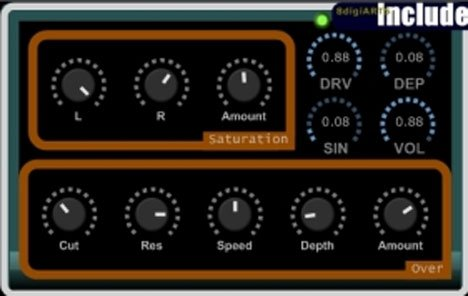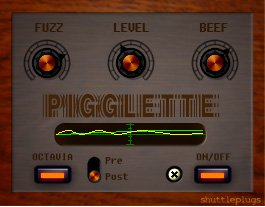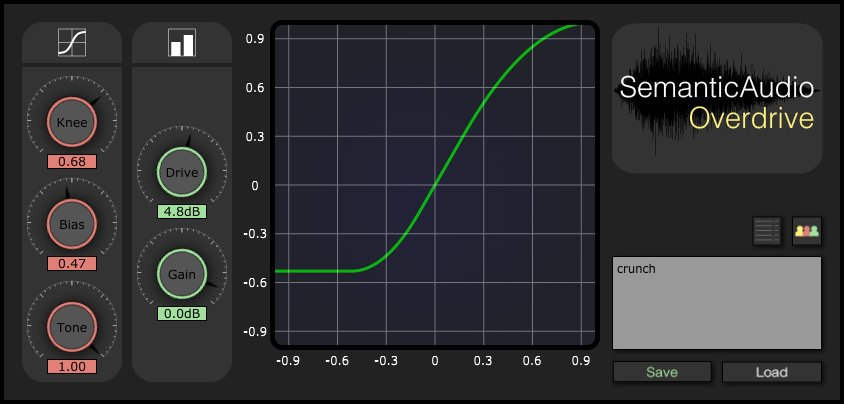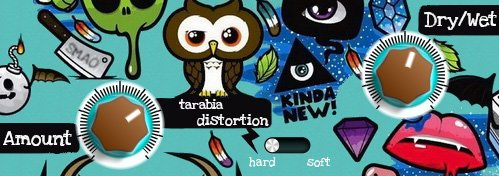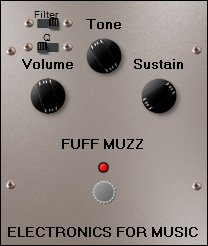Category: Distortion
Distortion (music)
[ss_social_share networks=”facebook;twitter;instagram;” align=”left” shape=”rounded” size=”small” labels=”label” spacing=”1″ hide_on_mobile=”0″ total=”0″ all_networks=”1″]
HeadCrusher Free
HeadCrusher Free is a analog saturation plugin.Use it on drums,vocals,bass,master track to add power or simply to destroy a…
Lawnmower
Lawnmower is a very flexible drive unit.From subtle breakup to more extreme fuzz-type sounds. It’s great at distorting…
Include
Include is a distortion processor. Individual channel Saturation Drive Distortion Sample rate resolution Over + Cutoff Filter +…
Marauder
Marauder is a dynamic analog distortion.Originally designed as a high-gain amplifier for VA synths, The Marauder is a…
MultiCrusher
MultiCrusher is a multi algorithm distortion with 5 algorithms: Overdrive (fat and weak), Decimator, Clip and Foldback. Foldback contain…
OctBuz
OctBUZ is an old distortion + octaver (Octave-1). Visit: OctBuz
Metal Clon
Metal Clone is a freeware emulation inspired by a Metal analog Hi Gain stompboxdistortion.All stages have been emulated…
Piglette
Piglette is a fuzz-circuit unit.It’s very nasty. Allthough it can sound sweet on some instruments, most of the time…
SAFEDistortion
SAFEDistortion is a semantic distortion, it can load settings by typing descriptive words.The SAFE plug-ins are a series…
Over Diver od82o
Over Diver od82o is a famous overdrive stomp emulation. 64-bit internal processing. 16X/8X/no oversampling. Symmetrical/asymmetrical clipping. Classic/punchy mode. High/low…
SoftDrive GV
SoftDrive GV is a virtual-analog model of the Marshall Guv’nor and Guv’nor GV-2 Plus guitar distortion effects. The…
SpaceScraper
SpaceScraper is based on a new adaptive distortion algorithm that offers an innovative and wide sound range. From shrill…
Scar Unlimited
Scar Unlimited is a customizable distortion processor which sends 4 freely selectable frequency bands to 4 separate 12AX7 tubes.Each…
Tarabia Distortion
Tarabia Distortion Tarabia Distortion is a distortion effect that destroy nicely your sounds.Kicks becomes DnB Kicks, Snares becomes very…
Plusdistortion
This is a VST plugin emulation of a MXR Distortion+.Main Menu :These two are the original Distortion+ controls….
TNT
TNT is a Distortion/Saturation plugin. TNT was originally created for audio processing on drums (individual sounds and loops), FX…
Contrast Distortion
Contrast Distortion is a digital distortion.It is designed to heavily distort soundwaves with a variety of parameters, and…
DoDoD
DoDoD is a DOD 250 style overdrive/booster pedal.Gain and Level controls allow you to control the amount of distortion…


